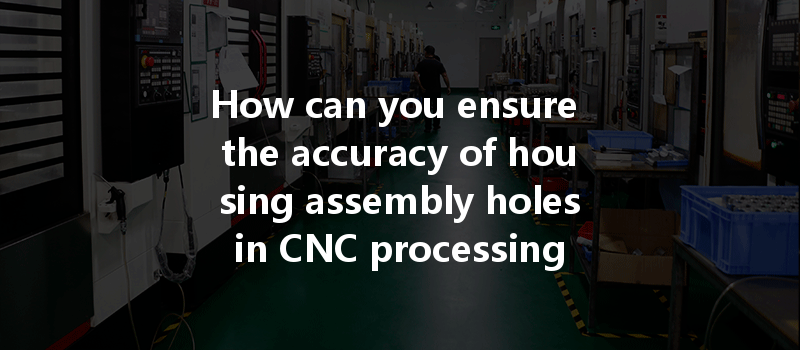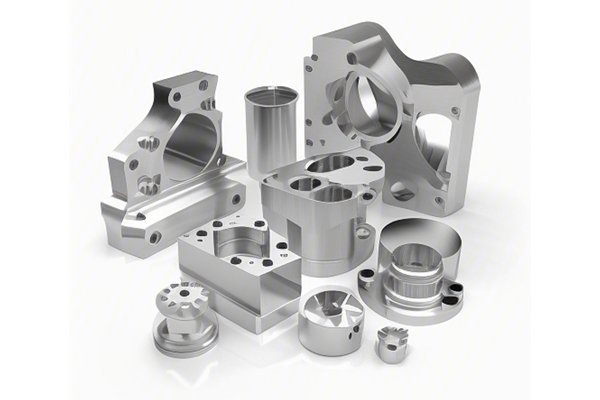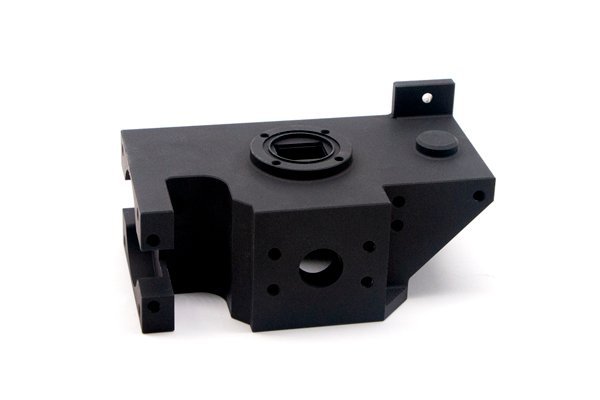Opening
Did you know that inaccuracies in housing assembly holes can lead to increased production costs by as much as 20%? In the competitive world of manufacturing, precision is paramount, especially in critical components where even the slightest deviation can impact performance. This highlights a fundamental question for manufacturers: How can you ensure the accuracy of housing assembly holes during CNC processing? The answer might lie in adopting several best practices in CNC machining that focus on precision and consistency.
This blog aims to explore effective strategies, techniques, and technologies that can guarantee the accuracy of housing assembly holes, helping manufacturers optimize their processes.
Understanding CNC Processing
Before delving into ways to ensure accuracy, it’s essential to understand CNC (Computer Numerical Control) processing. CNC machining is a versatile manufacturing method that utilizes computer-controlled machinery to create precise parts from a variety of materials. The degree of accuracy achievable in CNC machining depends on several factors, including machine calibration, tool selection, and cutting parameters.
The Role of Housing Assembly Holes
Housing assembly holes play a critical role in the assembly process of various mechanical devices. These holes serve as anchor points for screws, bolts, and other fasteners, providing structural integrity to the final product. Consequently, if these holes are misaligned or inaccurately positioned, the entire assembly can suffer from reduced performance, mechanical failure, or increased wear and tear over time.
Steps to Ensure Accurate Housing Assembly Holes
Not all CNC machines are created equal; their capabilities vary significantly depending on the technology and features they offer. Here are some essential considerations when selecting a CNC machine for accurate housing assembly holes:
a. Machine Type
b. Tolerances
Identify a CNC machine capable of achieving the required tolerances for your specific project. Choose machinery that can maintain high precision around the critical tolerances to ensure the best fit for assembly parts.
The type of cutting tool you employ can significantly influence the final outcome. Use the following guidelines for tool selection to enhance accuracy:
a. Tool Material and Coating
Select tools that are the right material for the job. For example, choose carbide tools for increased durability and precision. Additionally, using coated tools can reduce friction and heat build-up, enhancing tool life.
b. Drill Types
Use specialized drill bits designed for the application’s specific material. For instance, using brad point drill bits can enhance positioning when drilling into wood, ensuring accurate hole placement.
a. Machine Calibration
Calibration is the process of aligning the machine’s operational capabilities with the specified parameters. Here’s a summary of how to perform it:
b. Workholding Solutions
The way a part is secured on the CNC machine greatly affects the accuracy of the holes produced. Consider the following:

An in-depth understanding of cutting parameters such as speed, feed rate, and depth of cut can impact accuracy:
a. Cutting Speed
Setting an appropriate cutting speed is vital. Slower speeds may decrease accuracy due to increased vibration while speeding can lead to tool wear. Fine-tuning these parameters depending on the material can provide significant improvements in hole accuracy.
b. Feed Rate
Adjusting the feed rate helps control the amount of material being removed per revolution of the tool. A too-fast feed rate can skip and lead to inaccuracies, while too slow can create excess heat.
Implementing advanced technologies can also enhance the accuracy of housing assembly hole processing:
a. Probing Systems
Machine probing systems can significantly improve accuracy. Here’s how they help:
b. CAD/CAM Software
Implement advanced CAD/CAM (Computer-Aided Design/Computer-Aided Manufacturing) software in the design and programming phase. Features to look for include:
Implementing robust quality control measures is important in sustaining an accurate CNC machining process:
a. Measurement Tools
Invest in precision measuring tools such as:
b. Statistical Process Control (SPC)
Use SPC to analyze the production process continuously. This helps in identifying trends and variations that can indicate potential issues before they escalate.
Ensuring that operators are well-trained in the CNC machining process is equally critical:
In conclusion, ensuring the accuracy of housing assembly holes in CNC processing involves a multifaceted approach that encompasses selecting the right machinery, tool selection, calibration, optimal cutting parameters, advanced technology, rigorous quality control, and comprehensive staff training. By adhering to these best practices, manufacturers can significantly minimize errors and set the foundation for successful assembly processes.
In the competitive landscape of manufacturing, precision is not just a goal; it’s a necessity. As the industry evolves, practices that ensure accuracy in processes like CNC machining will become increasingly critical. By investing in these practices, manufacturers not only enhance the quality of their products but also position themselves for greater success in a market driven by reduced costs and high-quality standards.
Reflect on the importance of accuracy in CNC processing. The quality of assembly and the longevity of mechanical devices heavily depend on these seemingly small holes; getting it right is paramount to ensuring longevity, performance, and safety in any application.






